The morning of May 4th I gazed in awe from inside the cockpit as the sun rose over the horizon with golden rays of light splashing across the surface of the water. Still out of the north, the Atlantic swell gently pushed against our hull as we motorsailed 55 nm east across Bahia Escocesa towards Playa El Valle (or what Van Sant calls “Puerto Escondido”). The deep fjord-like hillsides seemed to engulf our tiny boat with each turn of the propeller. The water was deep so we made our way in as close to the beach as we could get. It was overwhelmingly peaceful and secluded inside this quiet anchorage.
To our port, in the middle of the rich green hillside, small flames blazed around huge brown holes that were recently burned away. Natural or planned, we won’t know for sure. It’s hard to believe such a remote village would organize any planned burning in an area like this, however, after a little research I found a website that infers that there are lots for sale here with future development of roads and bridges. The site looks old and we all know that many development plans often fall through. It would be a shame to see this beautiful and secluded area disappear.
Suddenly, Peter noticed a small herd of cattle roaming free along the base of the valley. They strolled along what looked to be their own private beach. Our stay in Escondido was a little rolly but very relaxing and peaceful. If we weren’t on schedule to cross the Mona Passage, we would have enjoyed spending some time in this wonderfully secluded anchorage.
We expected local officials to come visit our boat, but they never did. Maybe they don’t work on Sundays…
8pm flashed on the iPhone as the alarm blared through the cabin letting us know we were finally ready to leave our last anchorage of the Dominican Republic. We were officially checked out of Luperon and still located west of Samana so our despacho still held true. Puerto Rico was the next stop and there would be no more officials chasing us down in the dark of night to inspect our papers.
Every morning that week we had tuned in to Chris Parker on the SSB for validation that the weather window for May 4th, 5th and 6th was still holding open. The forecast called for 2-3′ seas and 5-10 knot winds across the dreaded Mona Passage. A forecast like that for the Mona does not come often and we knew this was our best chance. The timing was perfect. Although we carried only 3 meager months of sailing experience, we were about to depart across a notoriously treacherous passage, known to be the most dangerous stretch in all of the Caribbean, with conditions that most sailors in this area wait weeks for.
The familiar darkness surrounded us. Peter called out that the anchor was free and I slowly steered toward our course using only the compass and radar. I had gotten a good look at our surroundings in the daylight and felt confident I could get us moving in the right direction with the absence of the light of the moon. Our GPS is useless until there is enough forward momentum to figure out which direction the boat is moving.
After only a few hundred feet I noticed a small blip on the radar overlay directly in the path of our recommended route. I shouted out to Peter on the stern where he was washing his hands after guiding in our rusty anchor chain, “I think there’s a boat in front of us!” I turned 30-degrees to port as Peter joined me in the cockpit to take a look at what I saw. The blip appeared on the screen again, directly off our bow. I turned back to starboard 30-degrees. Still there.
“Maybe it’s a fishing boat,” Peter whispered. We’ve seen local fishermen row around setting nets in the late evening hours close to shore. Their old wooden boats bear no navigation lights and often no motors.
We eased off the engine and coasted for a minute or two. Repeated taps on the chartplotter screen indicated the blip was ALWAYS .32 or .33 nm in front of us, dead center off the bow. We sped back up to cruising speed only to find the blip sped up too.
Those that know Peter know he has impeccable vision. His eagle eyes can spot birds working over the ocean miles away. His fish eyes can spot and identify anything that moves within 100′ while swimming underwater. His night-vision is unreal. If anyone could see what was in front of us, it was Peter. He quickly grabbed the spotlight and made his way up to the bow. He hoped to see a glow, splash, reflection or something… instead he saw nothing but blackness.
With each rotation of the radar, the blip kept changing shapes, like a cloud in the sky on a sunny day. It definitely wasn’t waves. Waves have a distinct way of scattering around the boat on the screen and never reappear in the exact same place again. It wasn’t a water spout. The skies were clear and littered with stars. It wasn’t the shore. The radar signature showed features of the coastline to our starboard that were consistent with the graphics on the chartplotter. We wracked our brains trying to think of what else would cause a signature like that.
Before leaving the dock back in Florida we installed a High Definition Garmin Radar system with an 18″ dome mounted on our mizzen mast. It can pick up the smallest of objects including birds, navigational markers, mooring balls, waves and squalls. It shows other boats so accurately we can make out the stern and bow. The gain can be adjusted to filter out sensitivity as well.
What we saw on the radar that night was beyond eerie, bordering supernatural.
Following Van Sant’s guide, we “motored tight against the cliffs in the flat calm” exiting the anchorage and heading East. Is it a coincidence that it’s at this exact part of the guide that he tells how this bay is also named “the Scots Woman” and a woman supposedly haunts the bay? He goes on to say, “on different occasions I’ve talked with sober and mature merchant seamen who told me they have heard the crying of a woman while crossing the bay at night.” He then reports that he logged a peculiar melancholy during his first trip across the bay, years before learning of the haunting.
There is no other way to explain the feeling that Peter and I had that night, other than we felt as if the tiny blip on our radar screen was leading us out of Bahia Escocesa. It stayed with us for the entire length of the Eastern headland until we rounded Cabo Cabron, then vanishing from our screen as quickly as it had appeared.
For ages, salty sailors have told stories of strange happenings out at sea. Though intrigued by the mysteries of those that have gone before us, the stories we tell here are our own. What do you think might have caused the eerie radar signature we saw? Please leave a comment your thoughts about our experience!!

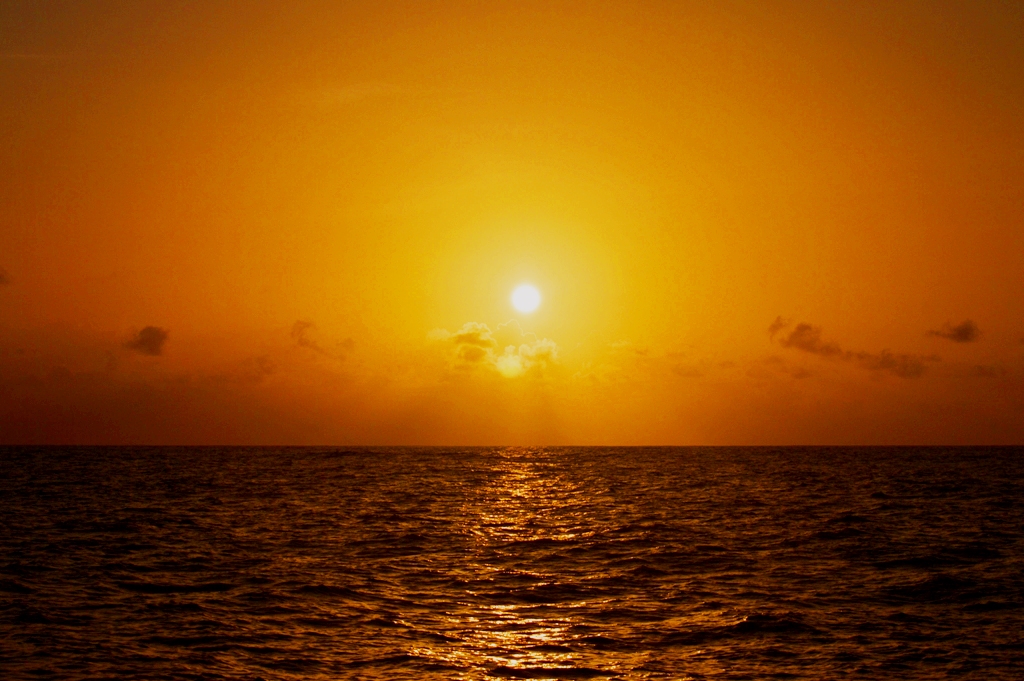
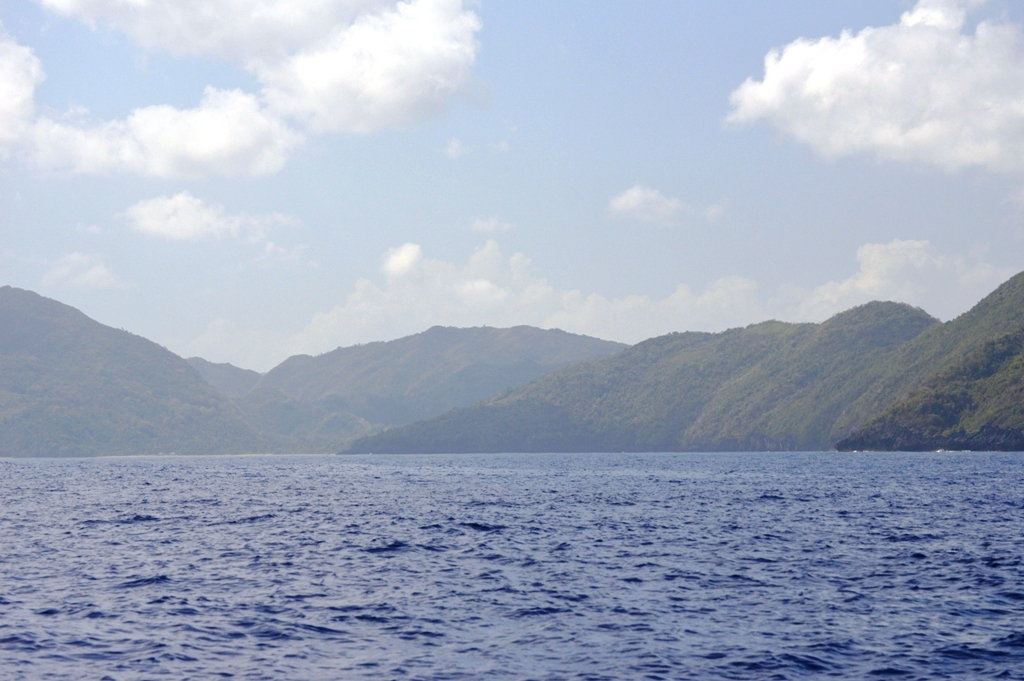

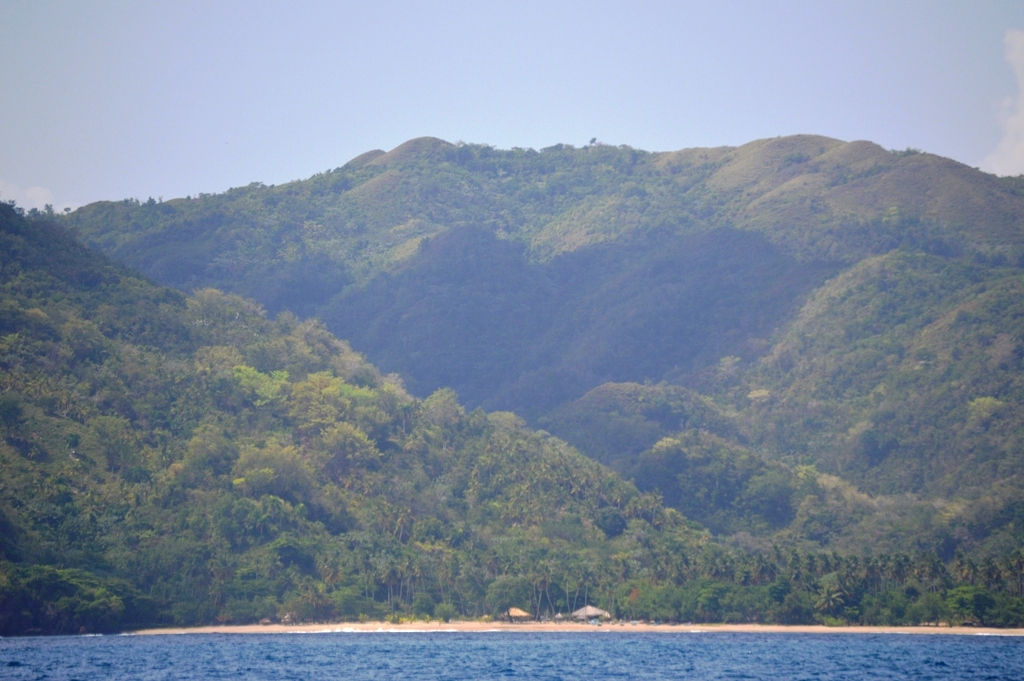
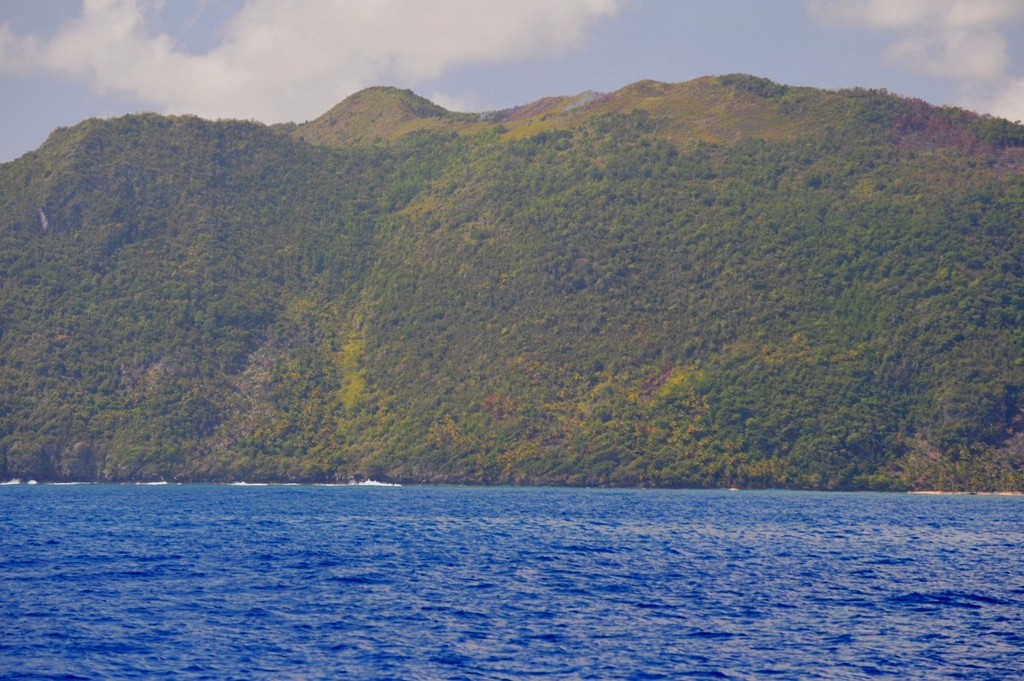
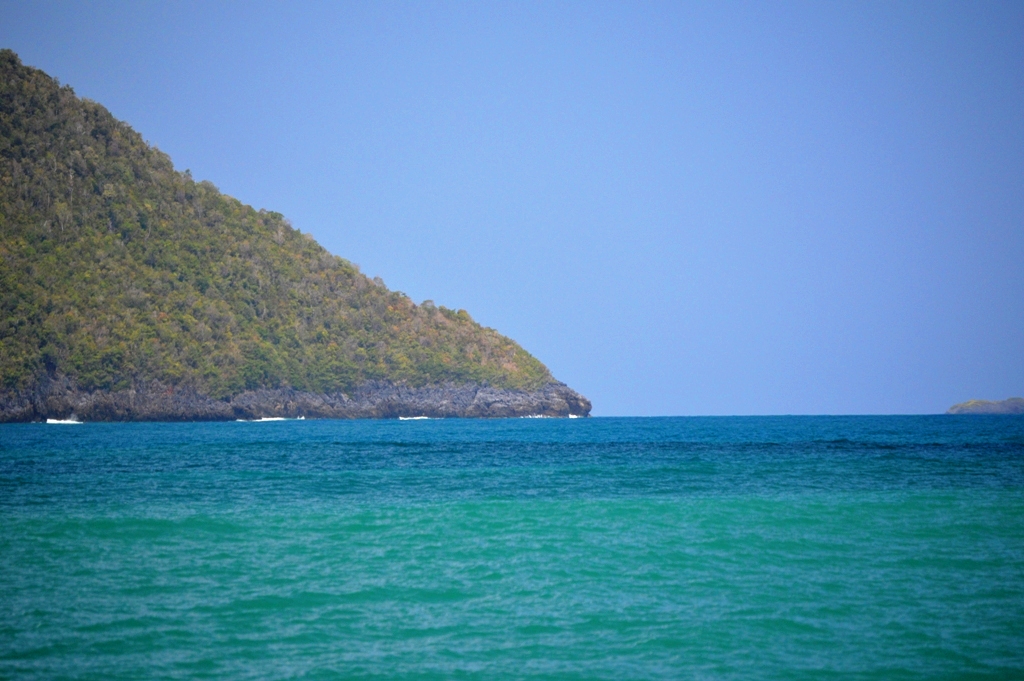
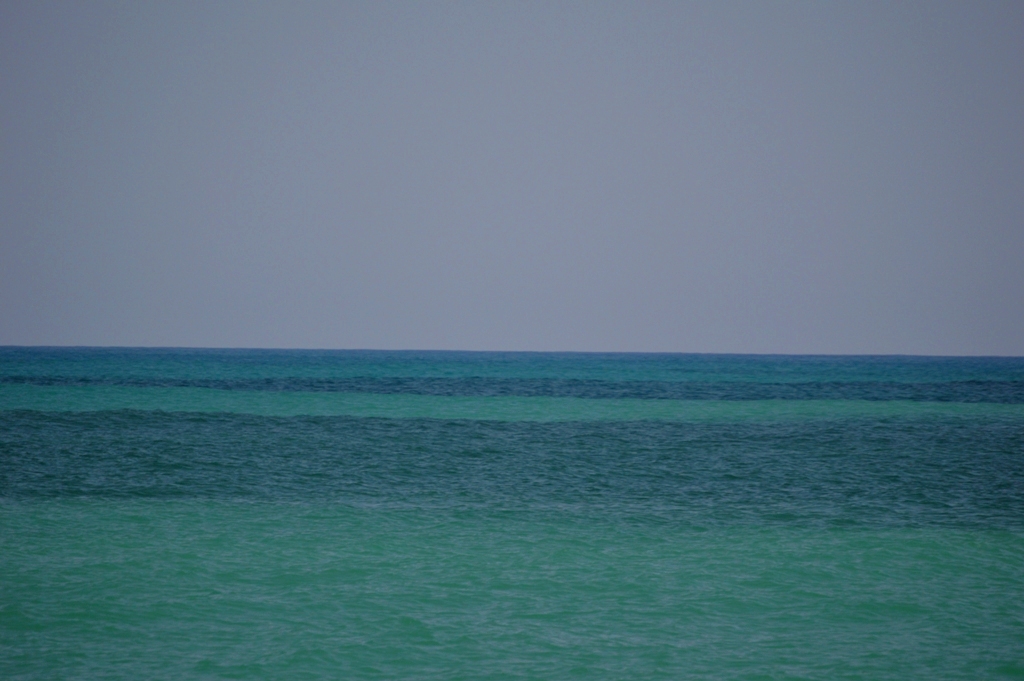
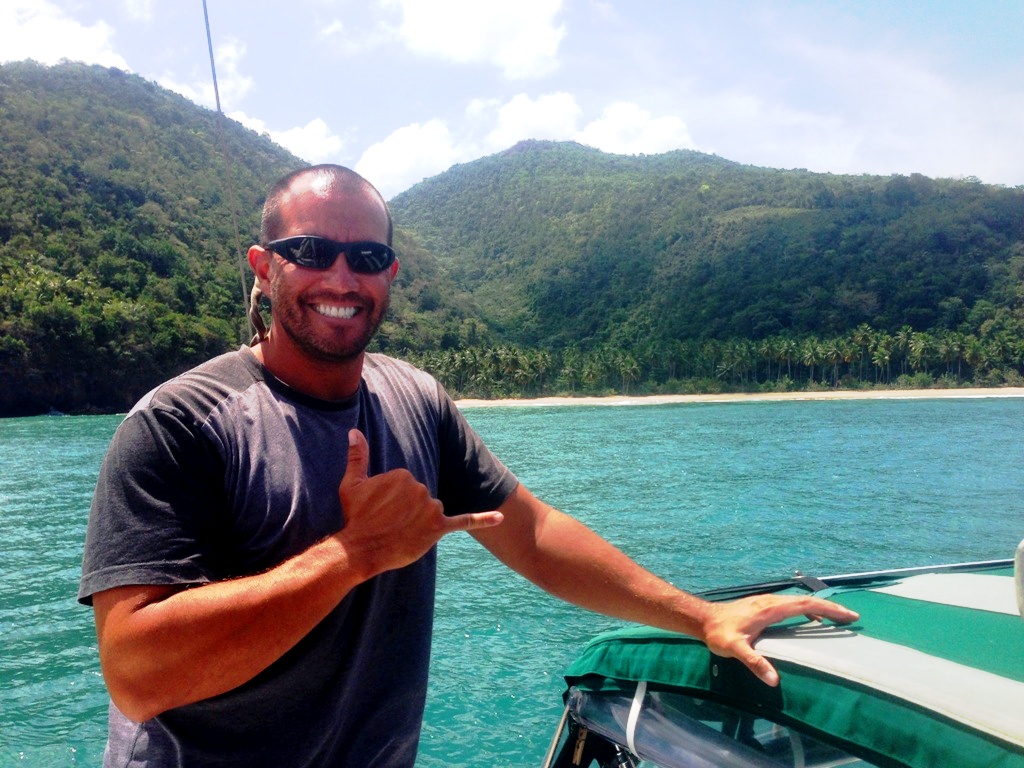


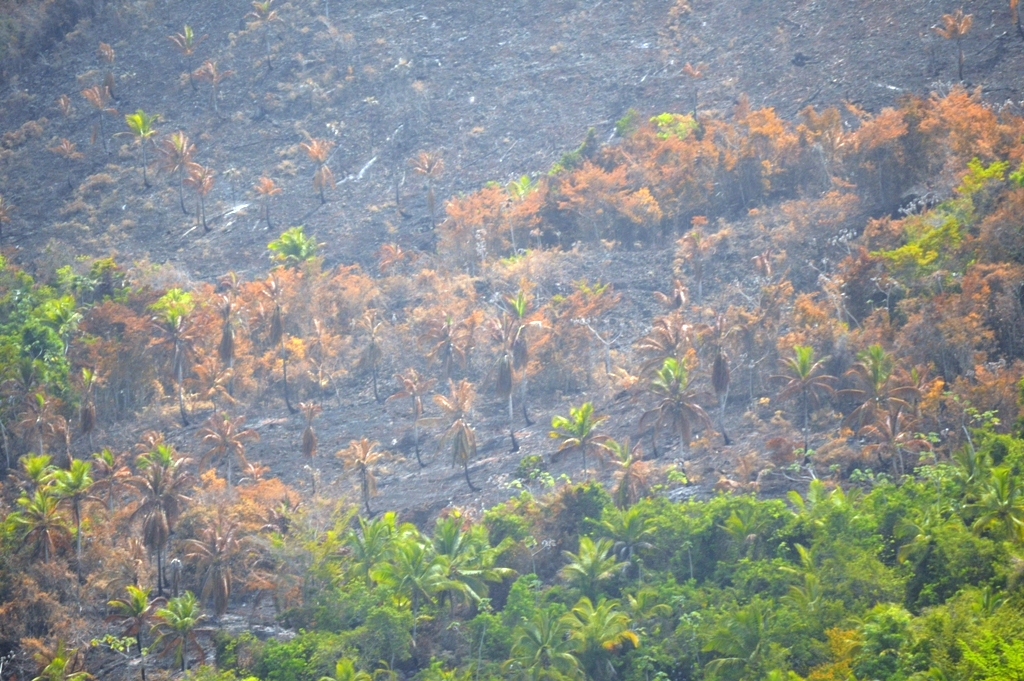





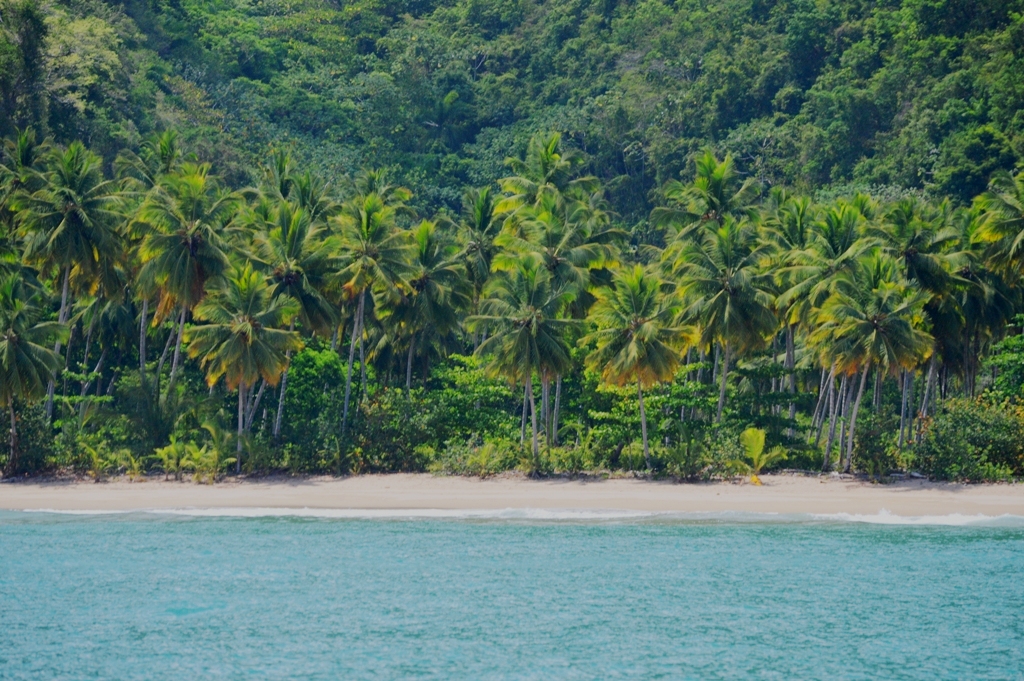

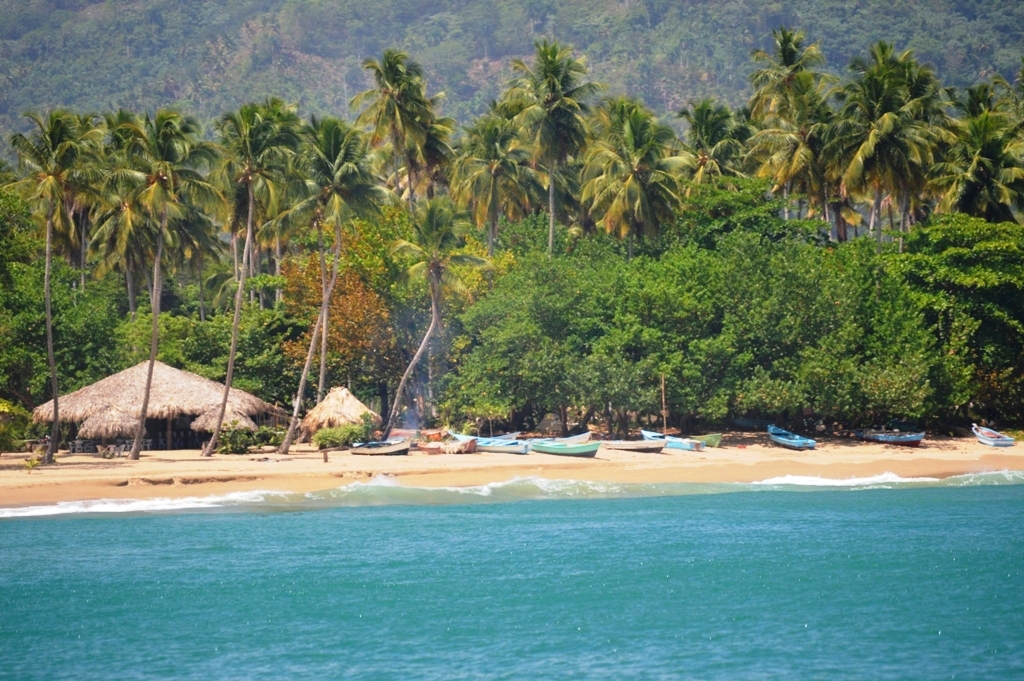

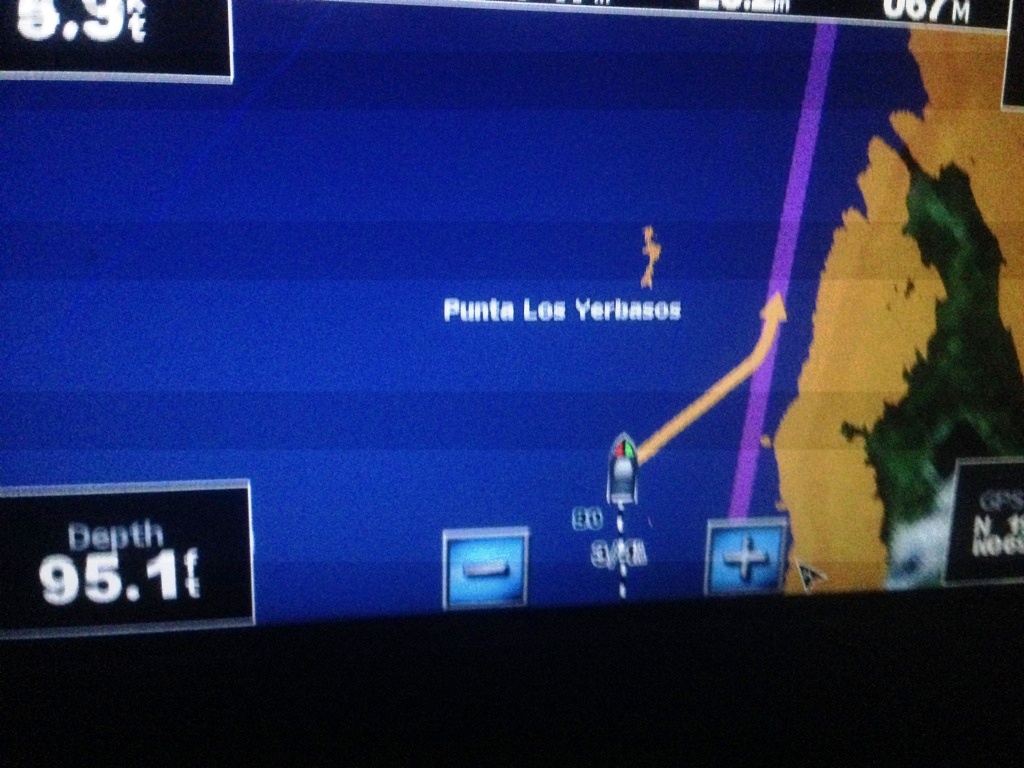


I am sure she was there escorting SV Mary Christine safely on her way. Stay open to all signs of secrets of the seas.
Jody, reading that gave me goosebumps! Creepy! But exciting still!
Oh my gosh, how spooky! I don’t know what I would have done in that situation, not knowing exactly what the spot on the radar was. At least you were led safely out of the bay, so maybe it was a good thing after all. :)